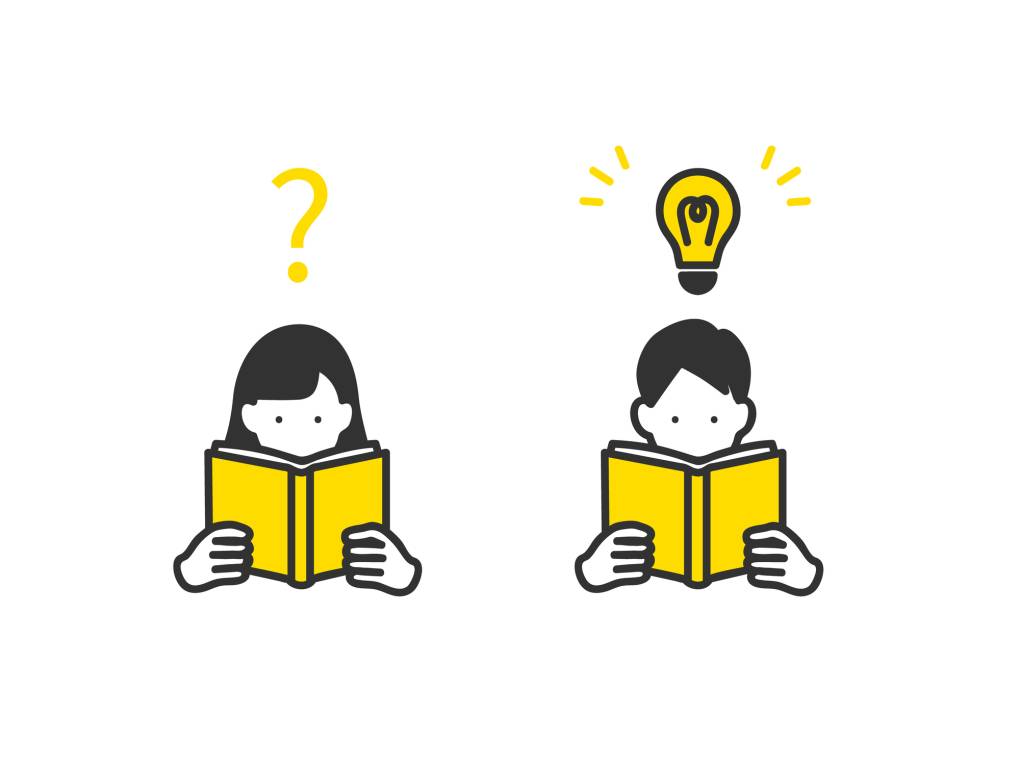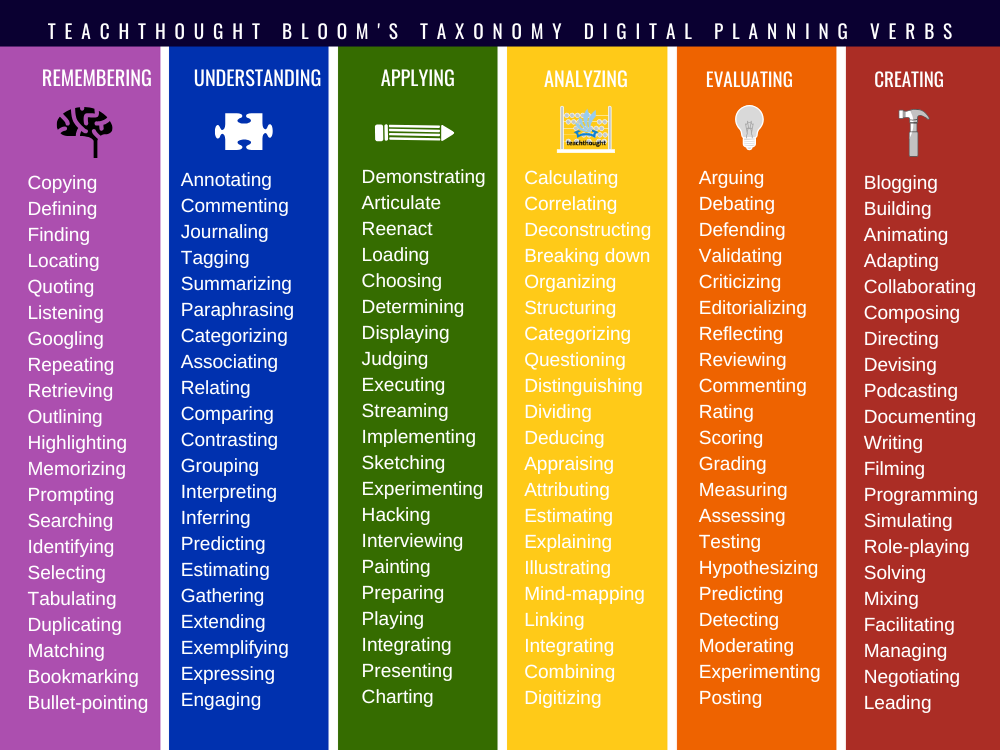“Early analysis confirmed that background information performs an element,” stated Kausalai Wijekumar, a professor of schooling at Texas A&M College, who has been finding out studying instruction and not too long ago produced a examine that sheds extra mild on the talk. “Folks with good background information appear to have the ability to learn sooner and perceive faster.”
For some kids, notably kids from prosperous households, she stated, background information is “sufficient” to unlock studying comprehension, however not for all. “If we would like all the kids to learn, we’ve got confirmed that they are often taught with the fitting methods,” stated Wijekumar. She has a physique of analysis to again her place.
Wijekumar agrees that drilling college students on the primary level or the creator’s objective isn’t useful as a result of a struggling reader can’t give you a degree or a objective from skinny air. (She’s additionally not a fan of highlighting key phrases or graphic organizers, each widespread methods for studying comprehension in colleges.) As an alternative, Wijekumar advocates for a step-by-step course of, conceived within the Seventies by her mentor and analysis accomplice, Bonnie J.F. Meyer, a professor emeritus at Penn State.
Step one is to information college students by way of a sequence of questions as they learn, equivalent to “Is there an issue?” “What induced it?” and “Is there an answer?” Primarily based on their solutions, college students can then resolve which construction the passage follows: trigger and impact, drawback and answer, comparisons or a sequence. Subsequent, college students fill in blanks — like in a Mad Libs worksheet — to assist create a major thought assertion. And eventually, they follow increasing on that concept with related particulars to kind a abstract.
Wijekumar analyzed the story of Cinderella for me, utilizing her method. The issue? Cinderella is bullied by her stepmother and stepsisters. We be taught this as a result of she’s compelled to do additional chores and isn’t allowed to attend the ball. The reason for the issue? They’re jealous of her. That’s why they take away her fairly garments. Lastly, the answer: A fairy godmother helps Cinderella go to the ball and meet Prince Charming. College students can then put all these parts collectively to give you the primary thought: Cinderella is bullied by her stepmother and stepsisters as a result of they’re jealous of her, however a fairy godmother saves her.
It’s a formulaic method and there are actually different methods of seeing or expressing the primary thought. I wouldn’t have analyzed Cinderella that approach. I’d have guessed it’s a narrative about by no means giving up in your goals even when your life is wretched now. However Wijekumar says it’s a useful begin for college kids who battle probably the most.
“It’s very structured and systematic, and that gives a robust basis,” Wijekumar stated. “That is simply the place to begin. You possibly can take it and layer on extra issues, however 99 % of the kids are having issue simply beginning.”
Wijekumar remodeled Meyer’s technique right into a computerized tutor referred to as ITSS, which stands for Clever Tutoring utilizing the Construction Technique. About 200,000 college students world wide use ITSS. Wijekumar’s nonprofit, Literacy.IO, expenses colleges $40 a scholar plus instructor coaching, which may run $800 per instructor, relying on faculty measurement.
The tutor permits college students to follow studying comprehension at their very own tempo. ITSS was considered one of solely three on-line studying applied sciences that demonstrated clear proof for enhancing scholar achievement, in response to a February 2021 report by the Institute of Training Sciences, the analysis and growth arm of the U.S. Division of Training.
Since then, Wijekumar has continued to refine her studying program and check it with extra college students. Her most up-to-date examine, a large-scale replication in excessive poverty colleges, was extremely profitable in response to one yardstick, however not so profitable, in response to one other measure. It was printed final 12 months within the Journal of Academic Psychology.
A crew of six researchers led by Wijekumar randomly assigned 17 of 33 colleges within the Northeast and alongside the Texas border to show studying with ITSS, whereas the remaining 16 colleges taught studying as normal. Greater than 1,200 fifth graders practiced their studying comprehension utilizing ITSS for 45 minutes per week over six months. Their academics acquired 16 hours of coaching in train studying comprehension this fashion and likewise delivered conventional analog studying classes to their college students.
After six months, college students who acquired this studying instruction posted considerably greater scores on a researcher-designed evaluation, which measured college students’ capability to write down major concepts, recall key info and perceive textual content buildings. Nevertheless, there was no statistically important distinction between the 2 teams on a standardized check, the Grey Silent Studying Check (GSRT), which measured college students’ normal studying comprehension. The researchers didn’t report state check scores.
Earlier research with wealthier college students confirmed enhancements on the standardized studying comprehension check. It’s arduous to make sense of why this examine confirmed big advantages utilizing one measure, however none utilizing one other.
Substantial modifications within the instruction have been wanted for these high-poverty college students. Some have been such weak readers that Wijekumar’s crew needed to draft simpler texts in order that college students may follow the strategy. However the greatest change was 14 hours of further instructor coaching and the creation of tutorial guides for the academics. Wijekumar’s methods straight contradicted what their colleges’ textbooks instructed them to do. At first, the scholars have been confused with the academics instructing them a technique and ITSS one other. So Wijekumar labored with the academics to scrap their textbook directions and train her approach.
I consulted with Marissa Filderman, a revered studying knowledgeable who has reviewed the literature on comprehension instruction for youngsters who battle with studying and is an assistant professor on the College of Alabama. She stated regardless of the imperfect proof from this examine, she sees Wijekumar’s physique of analysis as proof that express technique instruction is vital together with constructing background information and vocabulary. Nevertheless it’s nonetheless an evolving science, and the analysis isn’t but clear sufficient to information academics on how a lot time to spend on every side.
Enhancing studying comprehension is crucial, and I’ll be watching for brand spanking new analysis to assist reply these questions for academics.
Shirley Liu contributed reporting.
This story about instructing the primary thought was written by Jill Barshay and produced by The Hechinger Report, a nonprofit, impartial information group targeted on inequality and innovation in schooling. Join Proof Factors and different Hechinger newsletters.



